At first glance, floating shelves seem like a simple design choice – a sleek, space-saving solution that fits...
- There are no more items in your cart
- Shipping
- Total £0.00
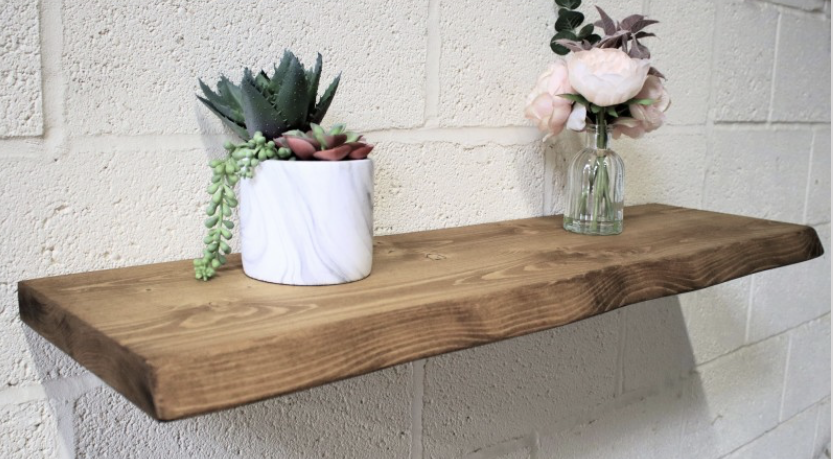
From chaos to calm: mastering minimalism with shelves
Minimalism has become much more than a design trend. It is now a way of life for many people who are looking to step back from constant overstimulation and find peace within their homes. At its core, minimalism is about living with less, but in a way that gives you more freedom, clarity, and balance. It does not mean empty white rooms or owning only a handful of objects, but rather choosing carefully what deserves a place in your everyday environment. Among all the tools available to create a minimalist interior, shelves play a surprisingly powerful role. Whether it is a sleek floating shelf, a rustic bracketed design, or a natural live edge piece, the way you style and use shelving directly affects the atmosphere of your home. In this guide, we explore how shelves can help you master minimalism, how to style them thoughtfully, and how to adapt them to different spaces so that they create order and calm rather than clutter.
Table of contents
- why minimalism matters in modern homes
- the role of shelves in creating calm and order
- practical tips for minimalist shelf styling
- choosing the right materials and finishes
- how to adapt shelves to different rooms
- common mistakes when aiming for minimalism
- conclusion
Why minimalism matters in modern homes
Modern life often feels overwhelming. We are surrounded by endless advertisements encouraging us to buy more, digital devices constantly competing for our attention, and fast-paced consumer habits that fill our homes with items we hardly ever use. All of this contributes to stress and a lack of mental clarity. Minimalism offers a refreshing counterbalance. It encourages us to be intentional about what we own and how we live, so that our homes are not storage units for random objects but safe and inspiring spaces that nurture well-being. Shelves, because they are so visible and versatile, are central to this philosophy. They are not just storage; they are displays of who we are and what we value. The fewer, more meaningful items we choose to place on them, the more we allow our interiors to breathe. Minimalism, in this sense, is less about strict rules and more about creating harmony that supports both mind and body.
The role of shelves in creating calm and order
Unlike cupboards, which hide objects behind doors, shelves put everything on display. That is why they are both a challenge and an opportunity. An overstuffed shelf can instantly make a room feel messy, even if the rest of the space is perfectly tidy. On the other hand, a carefully styled shelf has the power to transform a wall into a calm, organized focal point. Shelves help establish visual order because they force us to make choices. Do we really want to keep that stack of old magazines? Do we need ten different mugs on display in the kitchen? By curating what we show, we learn to prioritize and reduce unnecessary clutter. Minimalist shelves also act as pauses in the visual landscape of a room, giving the eyes a place to rest. This sense of breathing space reduces the chaos of everyday life and invites calm into the home.
Practical tips for minimalist shelf styling
Mastering minimalism with shelves requires a balance of aesthetics and practicality. Start with editing: take everything off your shelf and sort items into categories. Ask yourself whether each object is useful or meaningful. If it is neither, consider letting it go. Once you have chosen your essentials, think about grouping them in odd numbers, as arrangements of three or five objects often feel more natural and dynamic than pairs. Vary heights and shapes so that your display has rhythm: stack a few books horizontally, place a tall vase beside them, and add a smaller rounded object in front. Leave intentional gaps to give each item space to breathe. Minimalism is not about filling shelves but about highlighting a few selected pieces. You can also use trays, bowls, or low baskets to gather smaller items together, reducing visual clutter while still keeping them accessible. Another useful technique is layering. Place a framed picture leaning against the wall, then position a smaller object in front of it. This adds depth without overcrowding. Finally, do not underestimate the power of negative space. A section of shelf left empty can be as powerful as a carefully placed object, creating balance and calm.
Choosing the right materials and finishes
The materials you choose for your shelves strongly influence the overall atmosphere of the room. In minimalist interiors, natural, durable materials are key because they add warmth without overwhelming the senses. Solid wood, such as oak, pine, or walnut, remains a timeless choice, offering texture and character. Floating shelves in natural wood are perfect for modern minimalist interiors because they create the illusion of lightness and almost disappear into the wall. Bracketed shelves, combining wood with steel, work well for those who prefer a minimalist design with a touch of industrial character. Live edge shelves, which preserve the natural line of the wood, can bring organic beauty into otherwise sleek spaces, creating a balance between minimalism and nature. When it comes to finishes, less is more. A premium wax finish or natural oil not only protects the wood but also enhances its grain, adding depth without distracting gloss. Stick to neutral tones such as natural oak, walnut, or whitewashed finishes, as these harmonize best with minimalist aesthetics. The goal is to choose materials that will age gracefully and remain timeless, avoiding trends that may feel outdated in a few years.
How to adapt shelves to different rooms
Minimalist shelving will look different in each room because the function changes. In the living room, shelves often serve as both decorative and practical elements. Keep them balanced by mixing a few carefully chosen books with a plant, a piece of art, and perhaps a candle. The aim is to create a corner that feels lived-in but uncluttered. In the kitchen, shelves can easily become chaotic, so it is crucial to restrict what you display. Use matching jars for grains or spices, stack dishes neatly, and perhaps add a potted herb for freshness. Bedrooms benefit from calming arrangements: a small lamp, a couple of books, and one or two decorative objects that support rest and relaxation. Bathrooms should combine beauty with utility, so opt for rolled towels, natural skincare products in amber glass bottles, and maybe a small plant that thrives in humidity. In workspaces, shelves should support focus rather than distraction. Keep only essential books, a clock, or a few inspiring items, and resist the temptation to overload them with clutter. Each room has its own rhythm, but the minimalist principle remains the same: less but better.
Common mistakes when aiming for minimalism
One of the most common mistakes is mistaking minimalism for emptiness. A completely bare shelf does not necessarily create calm; it can feel cold, impersonal, or unfinished. The goal is balance, not absence. Another mistake is focusing purely on aesthetics without considering function. Minimalism should simplify your daily life, not complicate it. A beautiful but impractical shelf arrangement will quickly turn frustrating. Using poor-quality materials is another error, because minimalism values durability and long-term thinking. Investing in solid wood shelves rather than cheap alternatives means they will not only last longer but also age beautifully. People also often fall into the trap of rigid rules. Minimalism is personal and flexible. Your shelves should reflect your lifestyle, whether that means displaying books, plants, or travel souvenirs, as long as each item is chosen intentionally. Finally, avoid excessive symmetry. While balance is important, too much mirroring feels artificial. A slightly asymmetrical, harmonious arrangement usually creates a calmer, more natural effect.
Conclusion
Minimalism is ultimately about freedom. It helps us strip away the unnecessary and focus on what truly matters, whether that is a few favourite books, a family photo, or the calm of an uncluttered room. Shelves are one of the most powerful tools for practicing this philosophy in daily life because they are both practical and symbolic. They remind us to choose with intention, to keep our environments simple but meaningful, and to allow space for calm. By selecting the right materials, styling with balance, and adapting shelves to different rooms, you can transform your home into a sanctuary of order and tranquility. Minimalism is not about denying yourself comfort or beauty; it is about finding both in the things you already own and love. With thoughtfully arranged shelves, you can bring the principles of slow living into your everyday routine and enjoy a home that truly feels like a refuge from the chaos of the outside world.

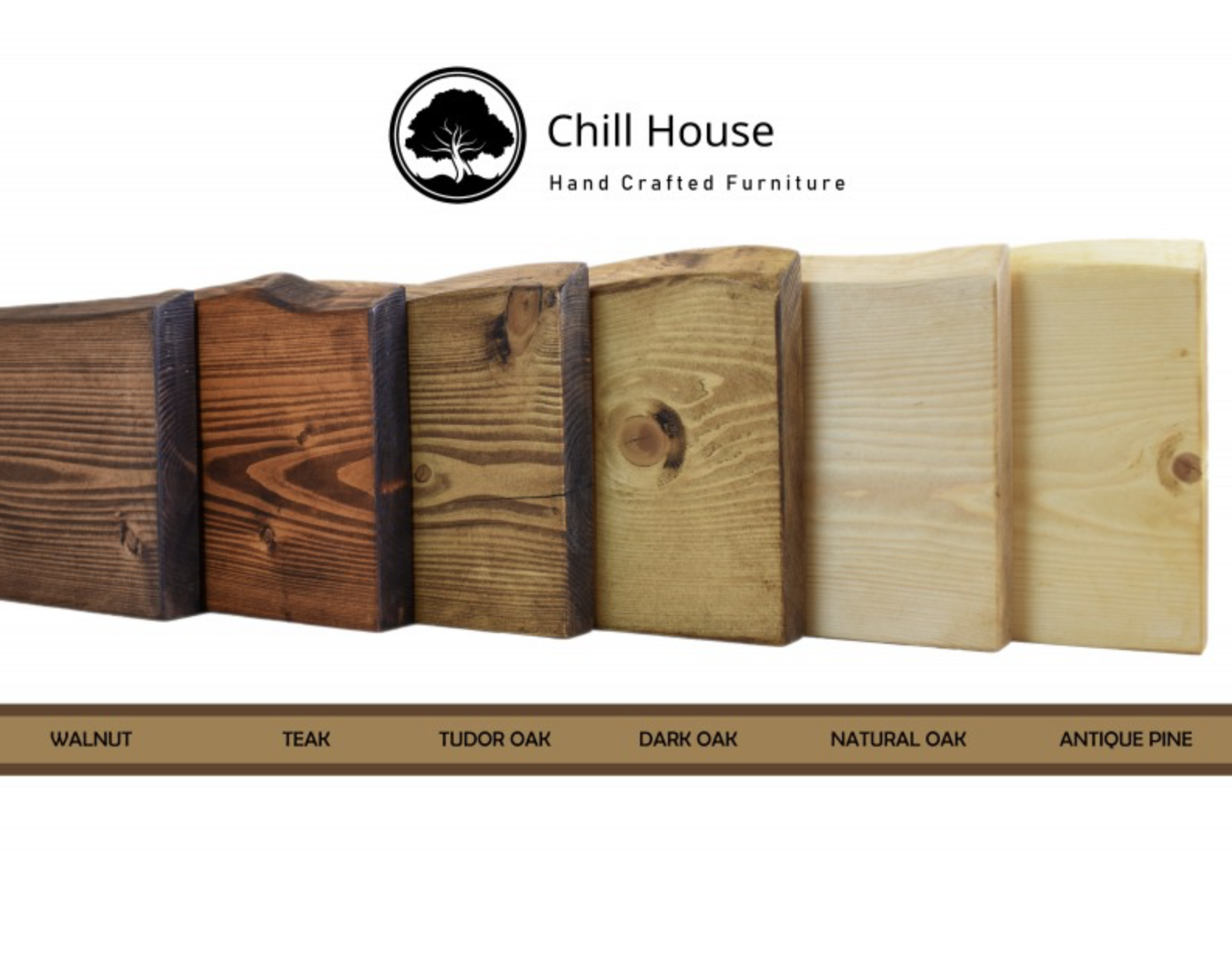
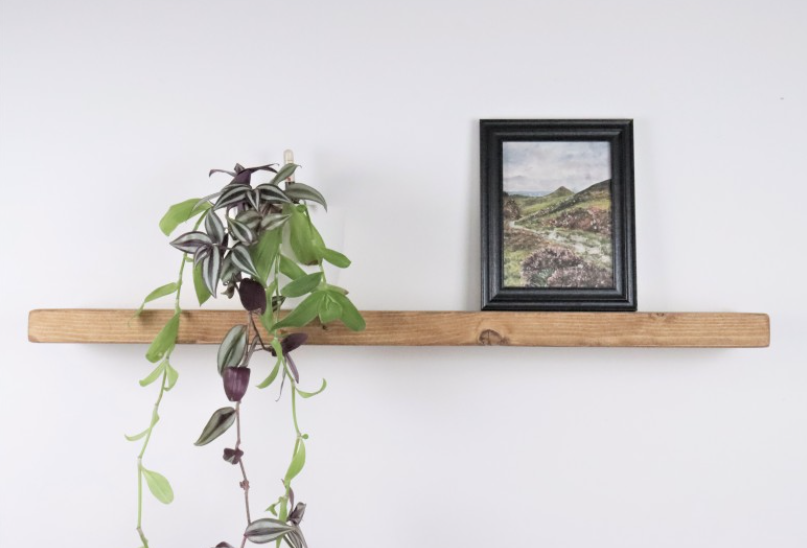
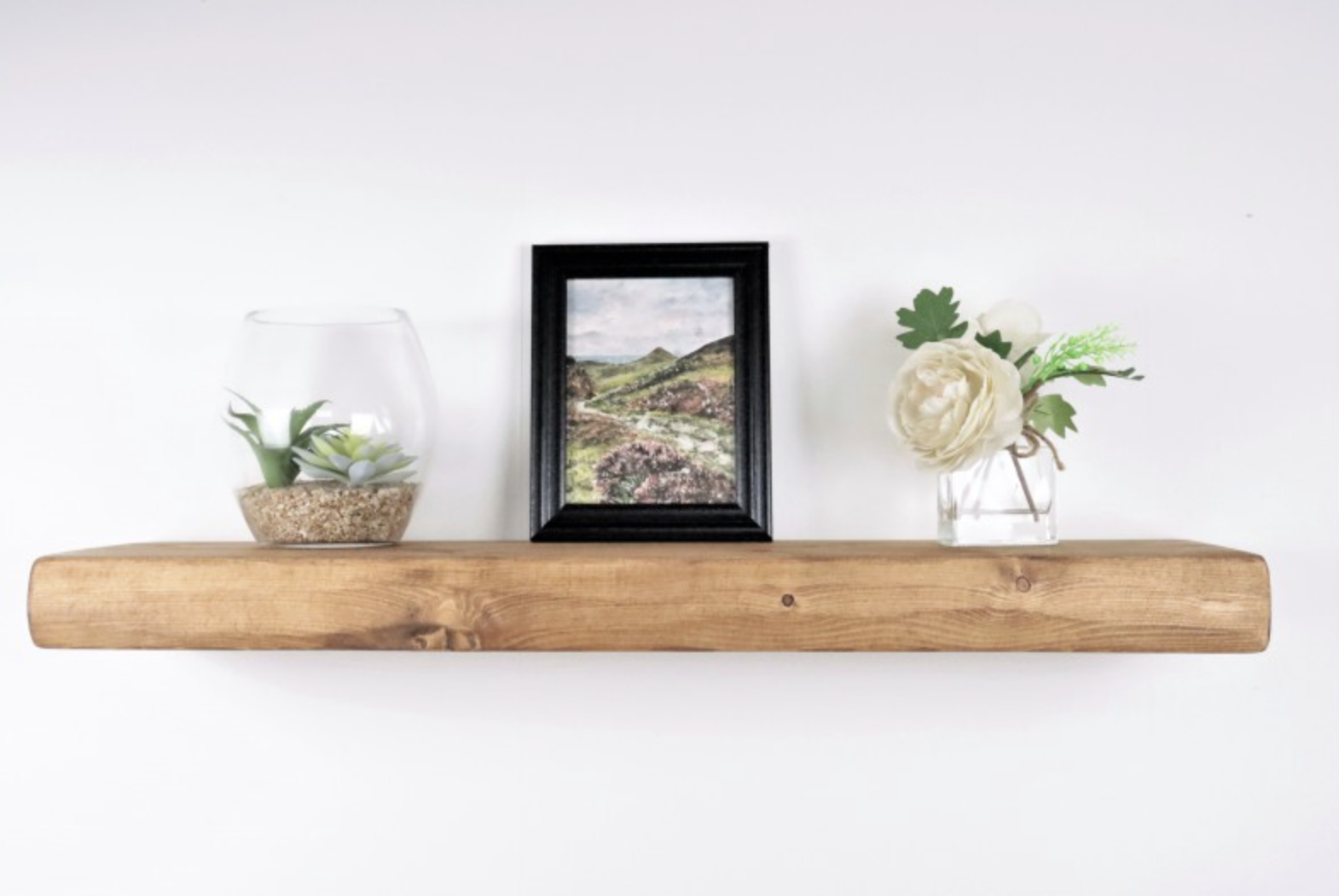
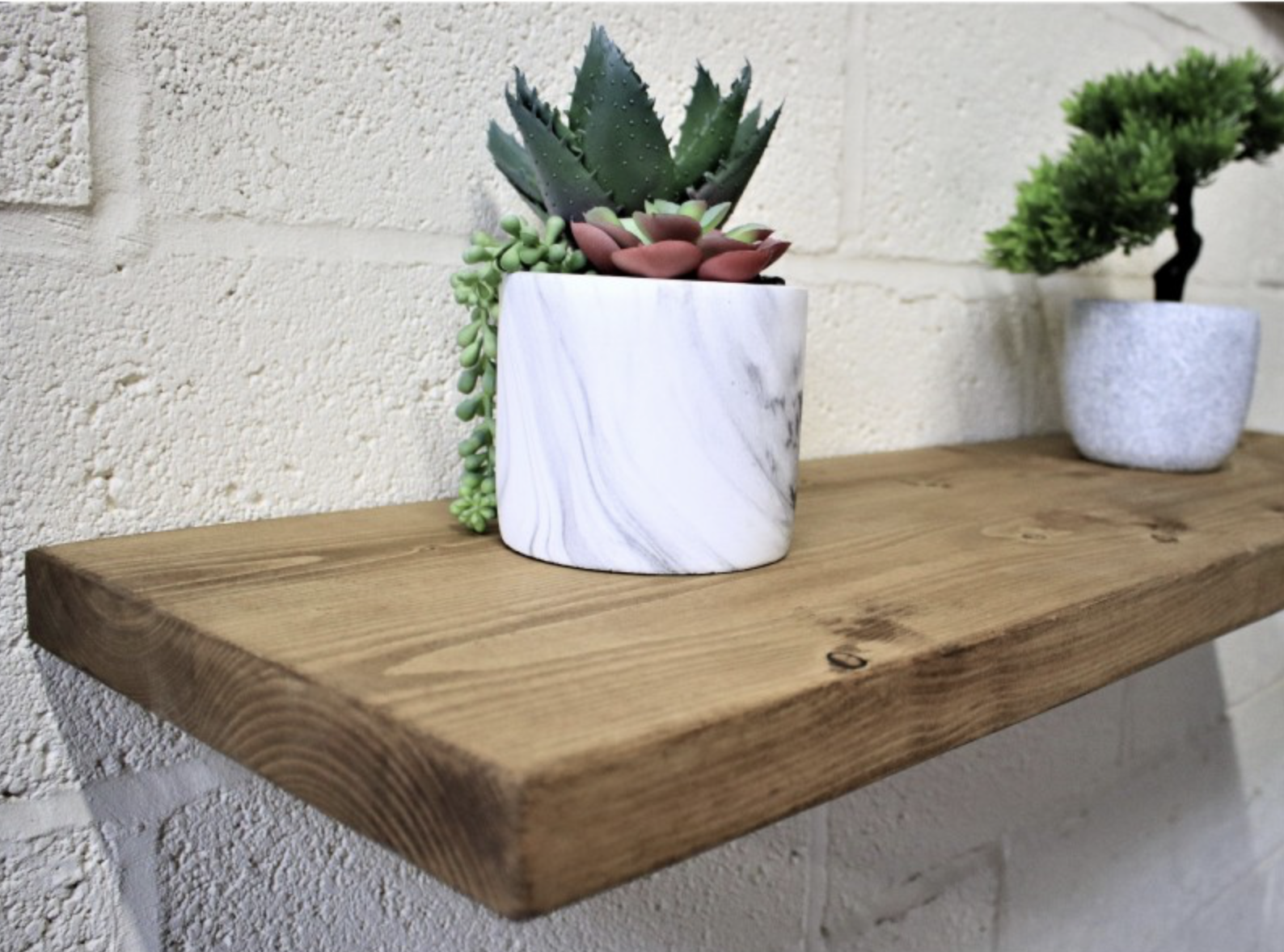
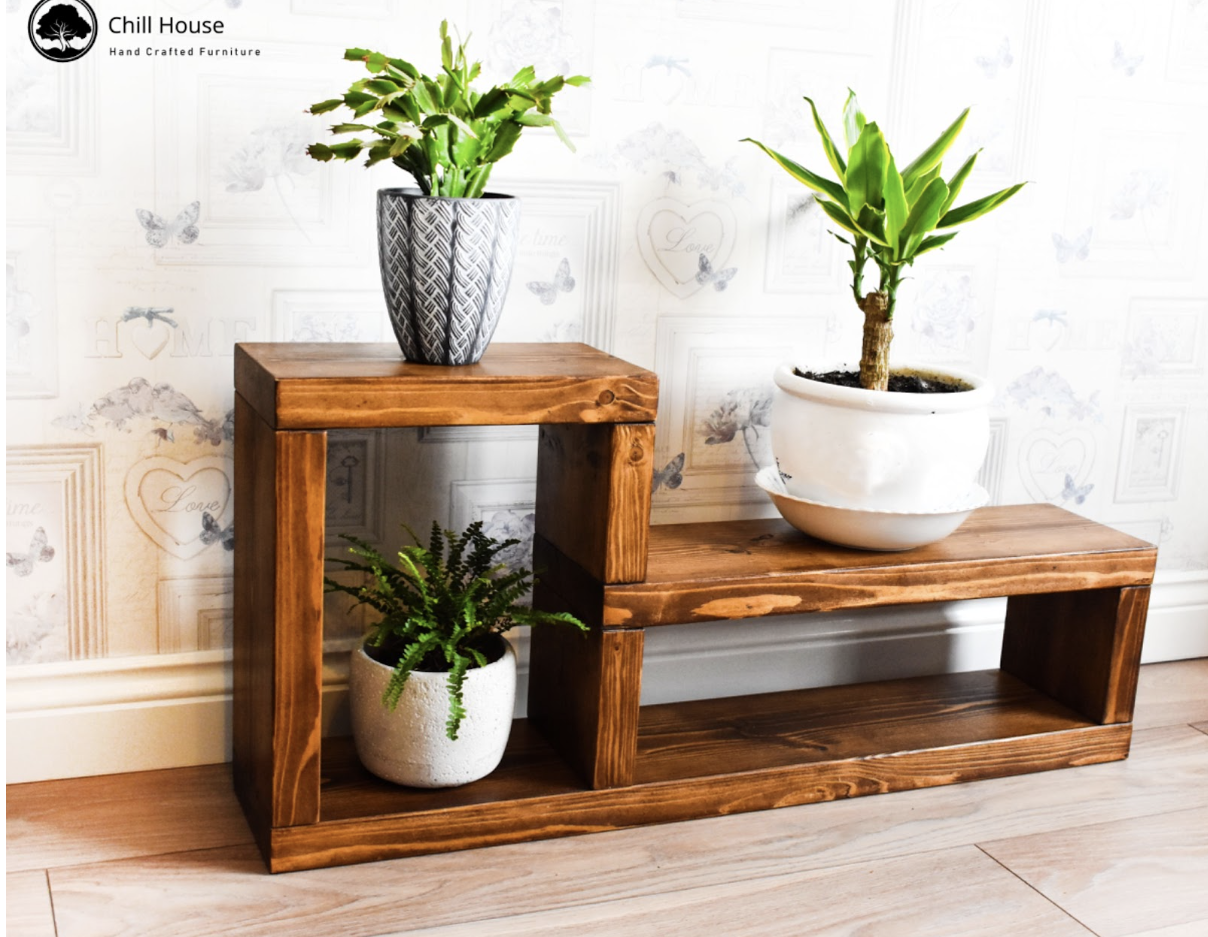
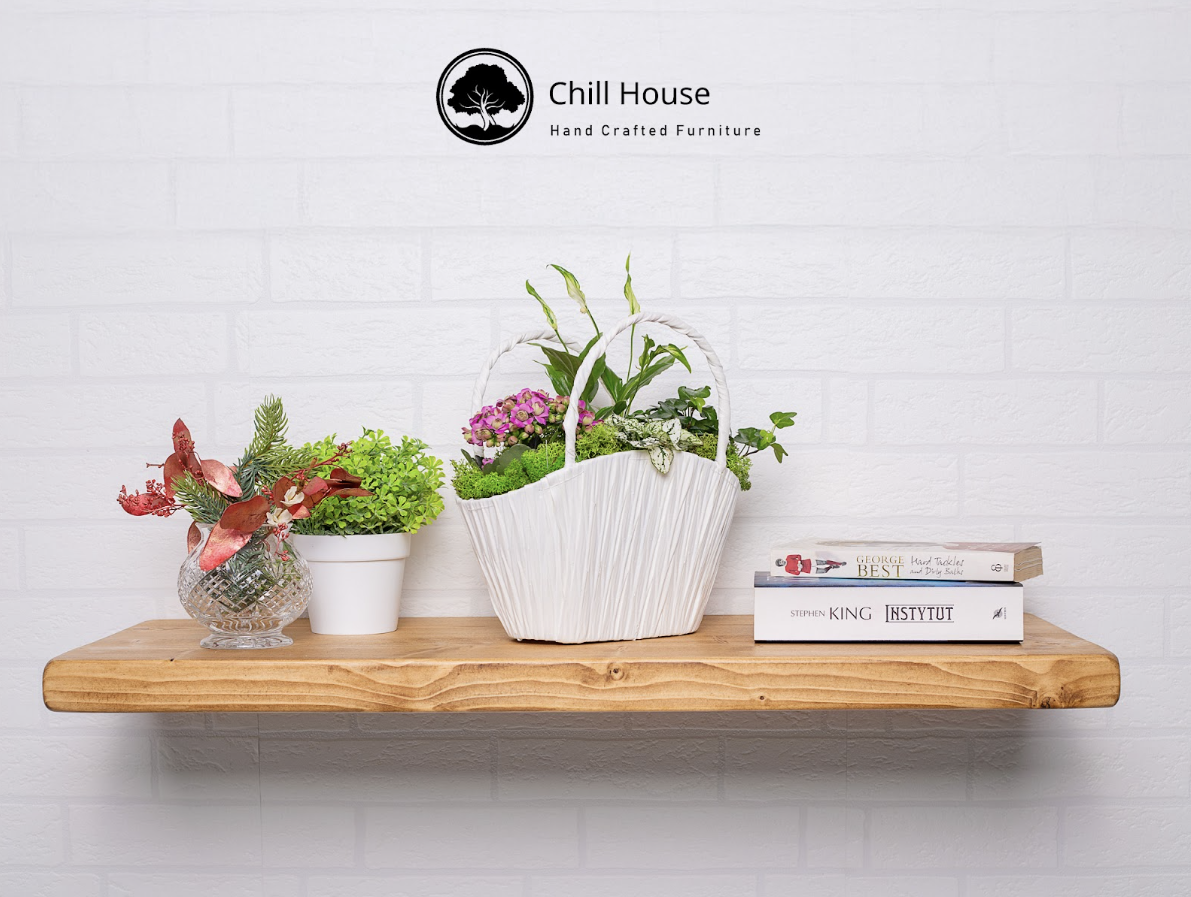


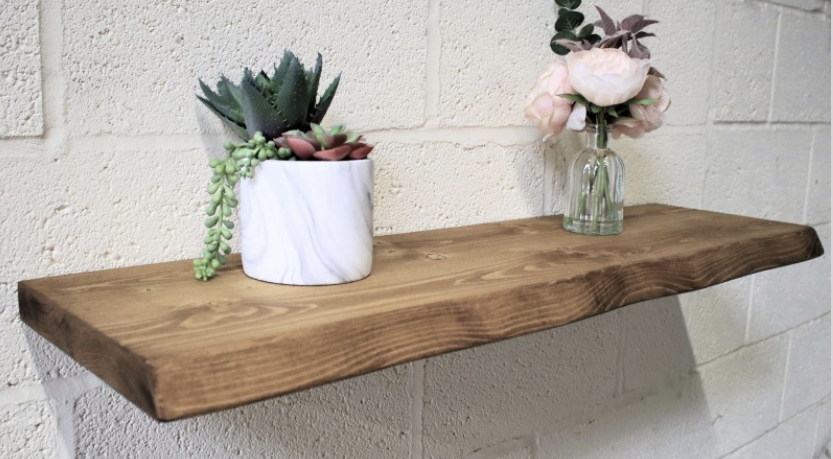
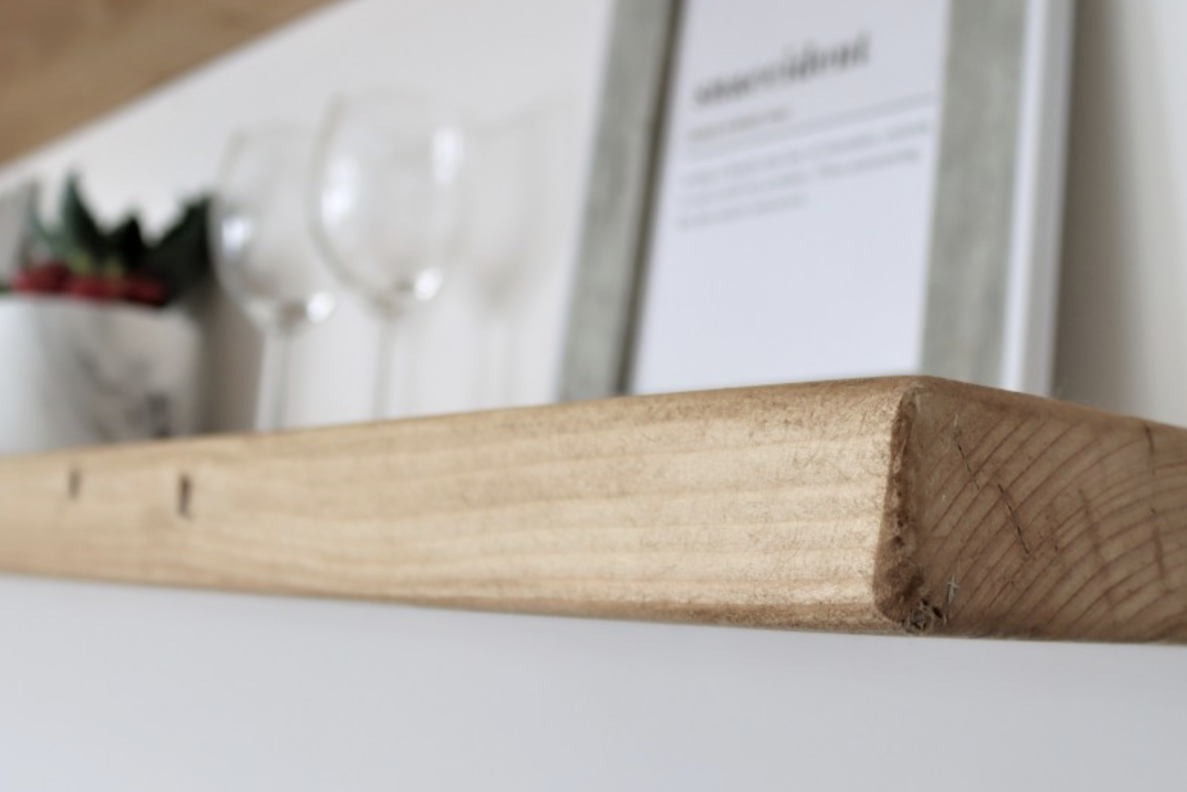





Leave a comment